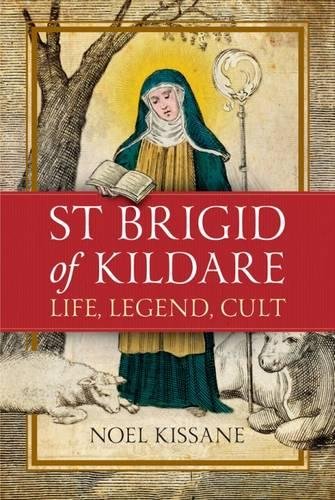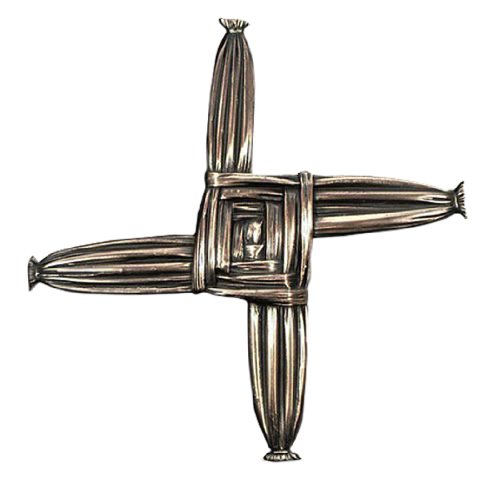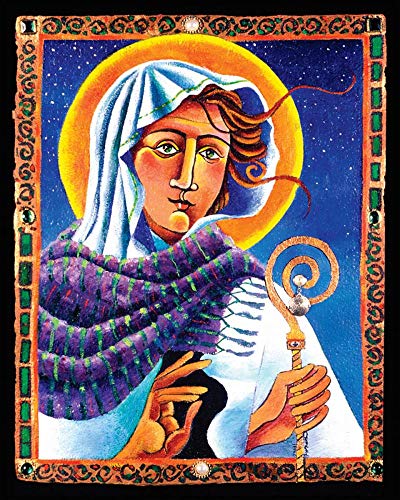Once celebrated by early Celtic peoples as the festival of Imbolc and dedicated to the goddess of fire, St. Brigid’s Day or the Feast of Brigid is now observed on February 1 , celebrating the arrival of longer, warmer days and the early signs of spring.
It is one of the four major "fire" festivals in Irish mythology. The other three festivals on the old Irish calendar are Beltane, Lughnasadh, and Samhain (Halloween).
Ireland’s matron saint was reportedly the daughter of a Druid. Her father wanted to marry her off, but she decided to devote her life to compassionate care of the poor and animals. She pulled out one of her eyes to destroy her beauty.
In The Life of Brigid, 7th century Irish monk Cogitosus suggests that she was a born leader who charismatically persuaded the Christian hermit Conleth to abandon his life of solitude and join her to form a ‘mutually happy alliance’ and govern the Kildare community. He was the bishop and she was the abbess, and together they created a double monastery from the Early Christian tradition.
Legends spread of her miracle healings, taming of wild animals, and turning water to ale. She is credited with creating the mourning songs called caoineadh or "keening" to mourn the death of her son Ruadán. Brighid's caoineadh is much like the Tibetan ritual of ushering souls to nirvana in the Book of the Dead.
St. Brigid's Cross
The Irish tradition of making crosses on Imbolc or Lá Fhéile Bhríde (St. Brigid's Day) is remembered as a Christian ritual. The spiral of the Brighid cross invokes the North Star and the pattern that the Big Dipper makes in the sky over the course off a year.
Bratog Bride
in Irish folklore, it is deemed fortunate to leave a cloth or scarf outside on St Brigid's Eve to be blessed by the saint as she passes. Known as a Bratog Bride, this special garment can then be used as a cure for headaches or sore throats




